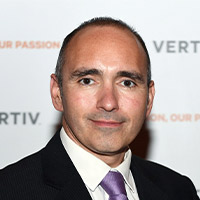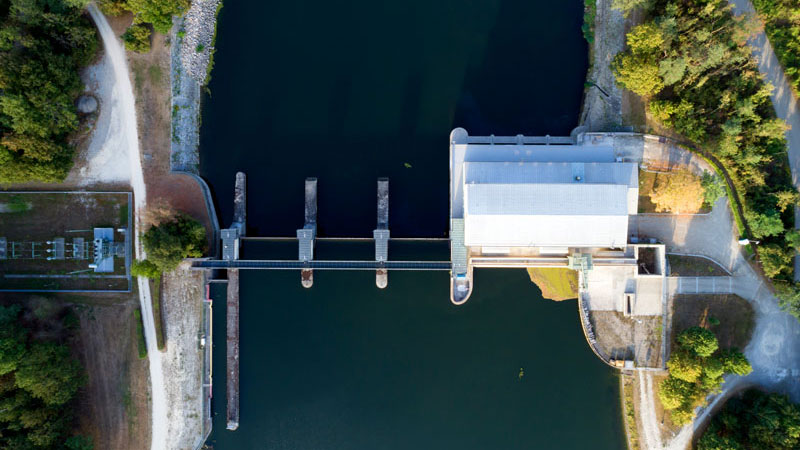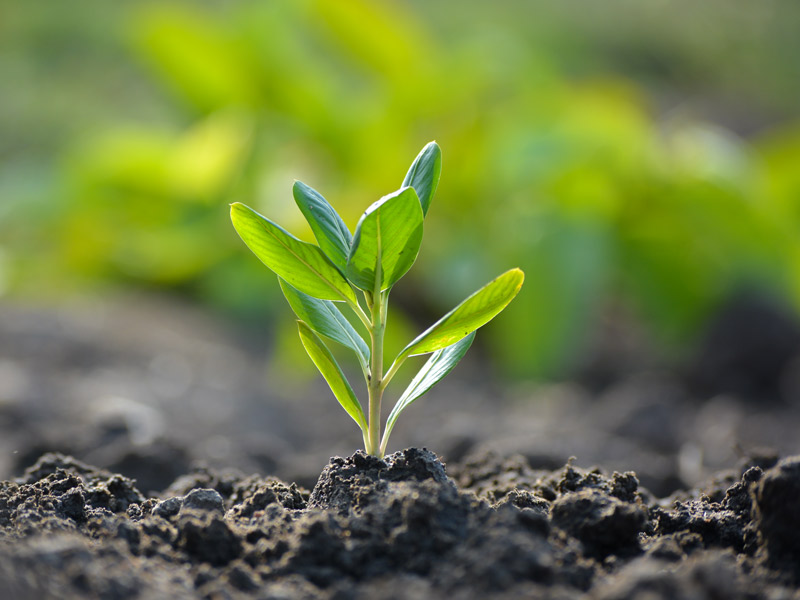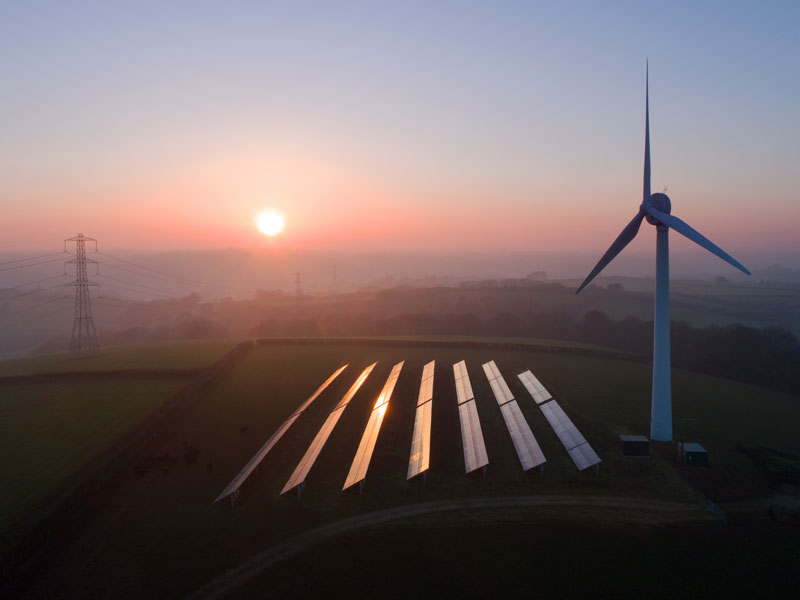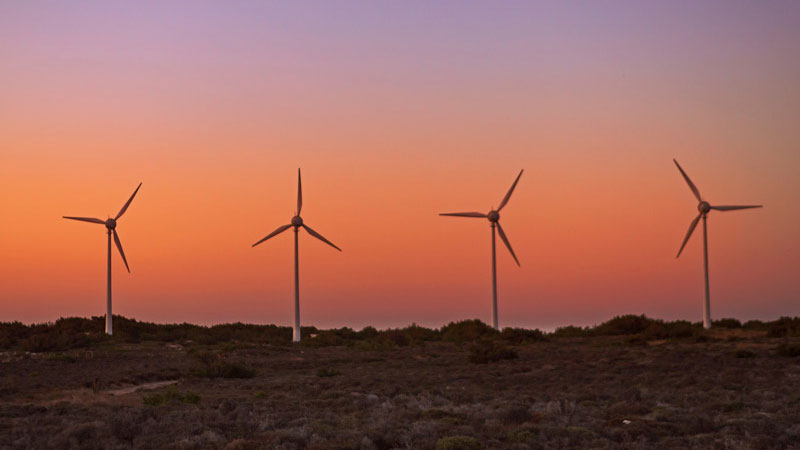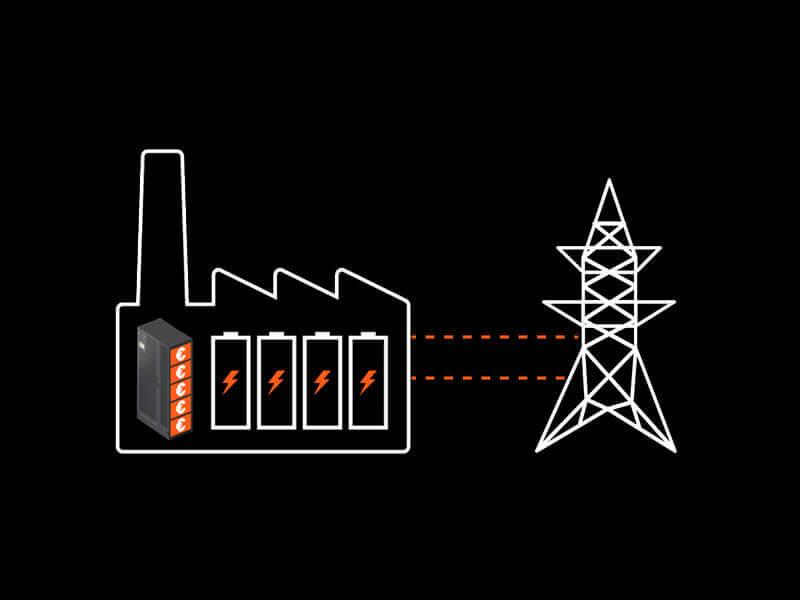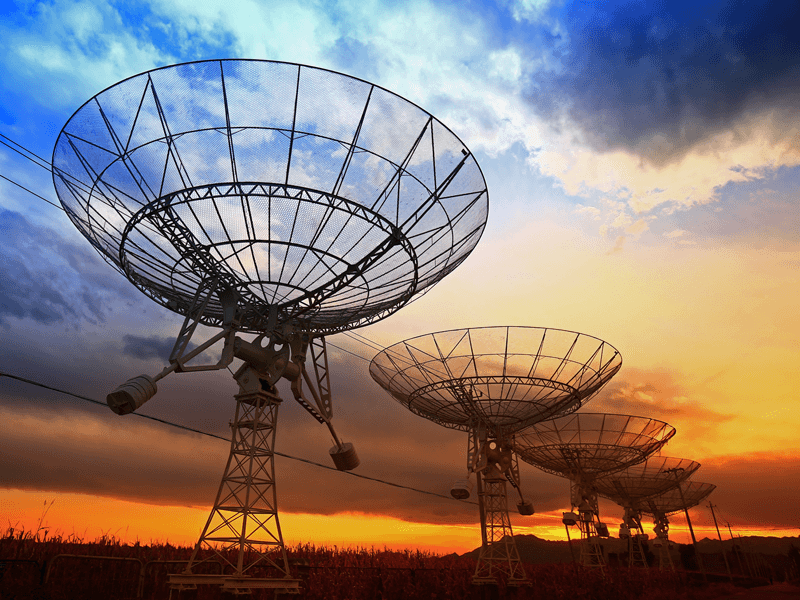The energy sector accounts for about 60% of all global greenhouse gas emissions. Therefore, the Goal 7 of the UN SDGs, to make the world and development more sustainable, is to ensure access to affordable, secure, sustainable, and modern energy. In other words, having cleaner energy, which means decarbonising it and relying more on renewables.
The challenge is not an easy one. Our lives depend on energy for many of our daily actions, such as cooking, working, moving around... Moreover, without energy, the fight against the pandemic in which we are immersed becomes more complicated, as it is not only necessary guaranteeing the electricity supply to healthcare professionals, but also having clean water and enabling communications and IT services that connect people while maintaining social distance.
A Surge of Energy
Our sector, the technological one, is also one of the most energy intensive. Simply for the Internet to work the estimation points to 70 billion kilowatt-hours a year. And the more the demand for Internet, technology, and the use of all kinds of devices grows, the more energy is consumed and demanded.
Data centres account for a large part of the technology sector's energy consumption. Digital Information World estimates that there are about 509,147 data centres, 430 of which are hyperscale. To give you an idea, the combined energy use of Amazon, Google, Microsoft, Facebook, and Apple is more than 45 terawatt-hours per year, almost as much as New Zealand consumes per year.
However, data centres and other types of critical infrastructure - such as telecommunications networks, Industry 4.0 factories and airports - have a key role to play in this changing energy landscape, which presents new ways to be efficient, generate revenue and reduce costs. For example, a recent report by the International Energy Agency (IEA) claims that tech companies could play a key role in balancing electricity use. They can transition from energy consumers to energy suppliers, using systems already present in their installations, such as UPS and batteries.
Alternative Energy (Re)sources:
Innovation must help us respond to some of the limitations of renewable energies. For example, wind and solar energy depend a lot on wind and sun to be able to capture all that energy and transform it into electricity. When these two resources cannot generate energy, other sources of production are needed or alternatively being able to store energy from previous days, which is not easy either.
UPS systems are typically used to protect hardware such as computers, servers, data centres, telecommunications equipment, or other electrical equipment where an unexpected power outage could cause injury, serious business disruption or data loss. The battery energy storage associated to UPS systems is normally dedicated to protecting the load in case of a utility failure, but it’s often not used during standard operation. When connected with a Grid Interactive UPS, batteries take on a dual purpose, and can be maximised to support grid balancing services like regulating frequency when the grid is present but unstable, or managing the demand when specific market conditions favour disconnection from the grid.
The amount of energy dedicated to grid services depends on several factors. One of them is the number of batteries used. It is possible to set up the customized energy storage system with a large UPS system and a small number of battery strings or a small UPS system with many battery strings. Variations affect power availability and runtimes.
By applying innovation, the industry as a whole, and Vertiv as part of it, have been able to evolve uninterrupted power supplies to become smart and grid interactive to help stabilise power grids, smoothing out supply and demand peaks.
Thanks to these innovations, today's data centres can offer new technologies to transition from energy-intensive resources to energy reserves. It is crucial for the future that they play a more active role in supporting the electricity grid and become smarter in their use of energy.
However, for this to become a reality, it depends not only on innovation, but also on legislation. Here too, positive steps are being taken, as in recent years many countries have begun to open up their grids and power generation systems, providing new opportunities for consumers and industry to participate in the market.
All of this will result in the decarbonisation of energy and the achievement of the Sustainable Development Goals set by the UN, allowing large data centres to not only consume less energy, but to be a major player in the viability of renewables and the sustainability of our industry.
Read more from Vertiv experts on energy management and other sustainability topics in our Eco-Insights Blog Series.


